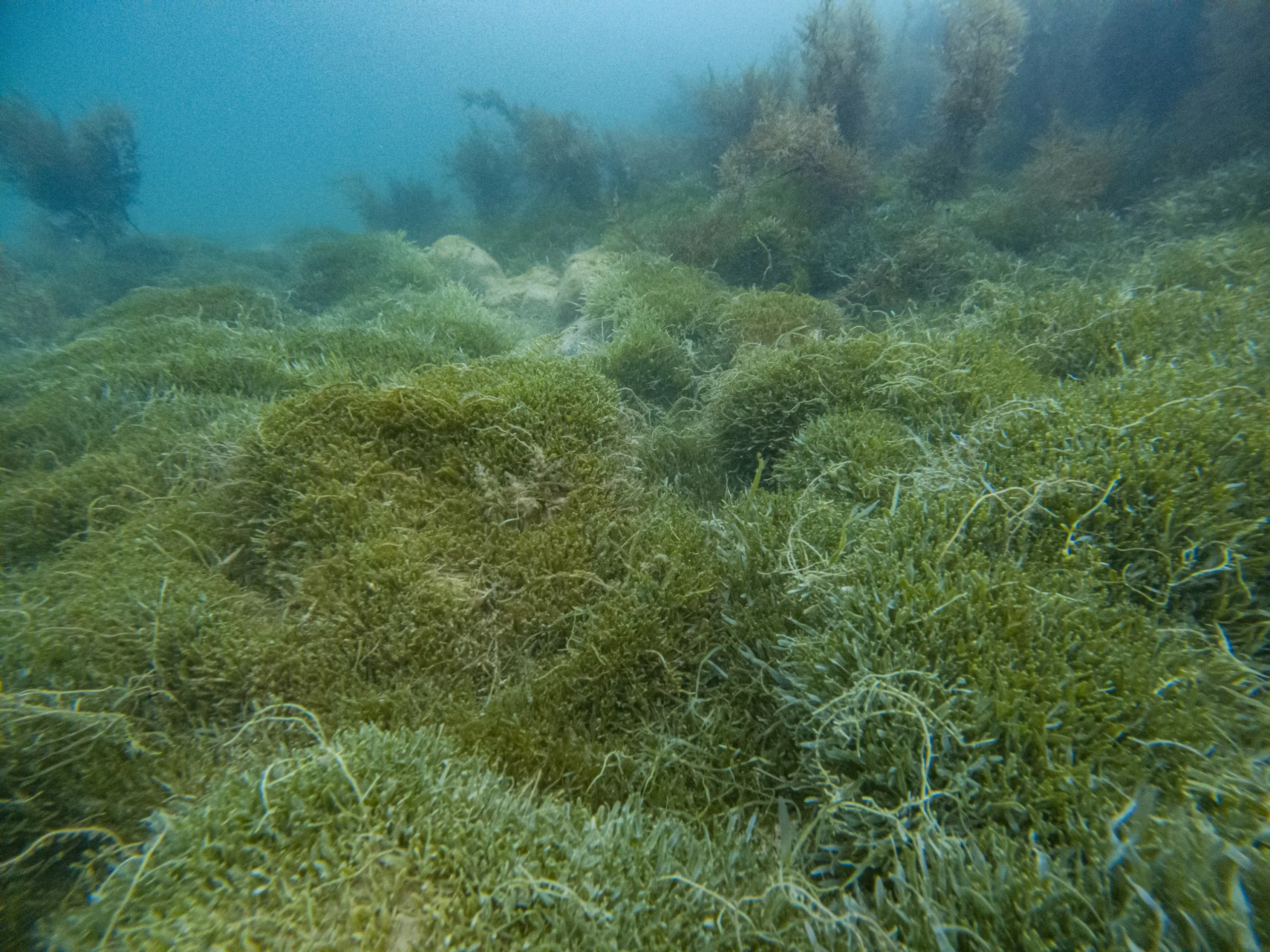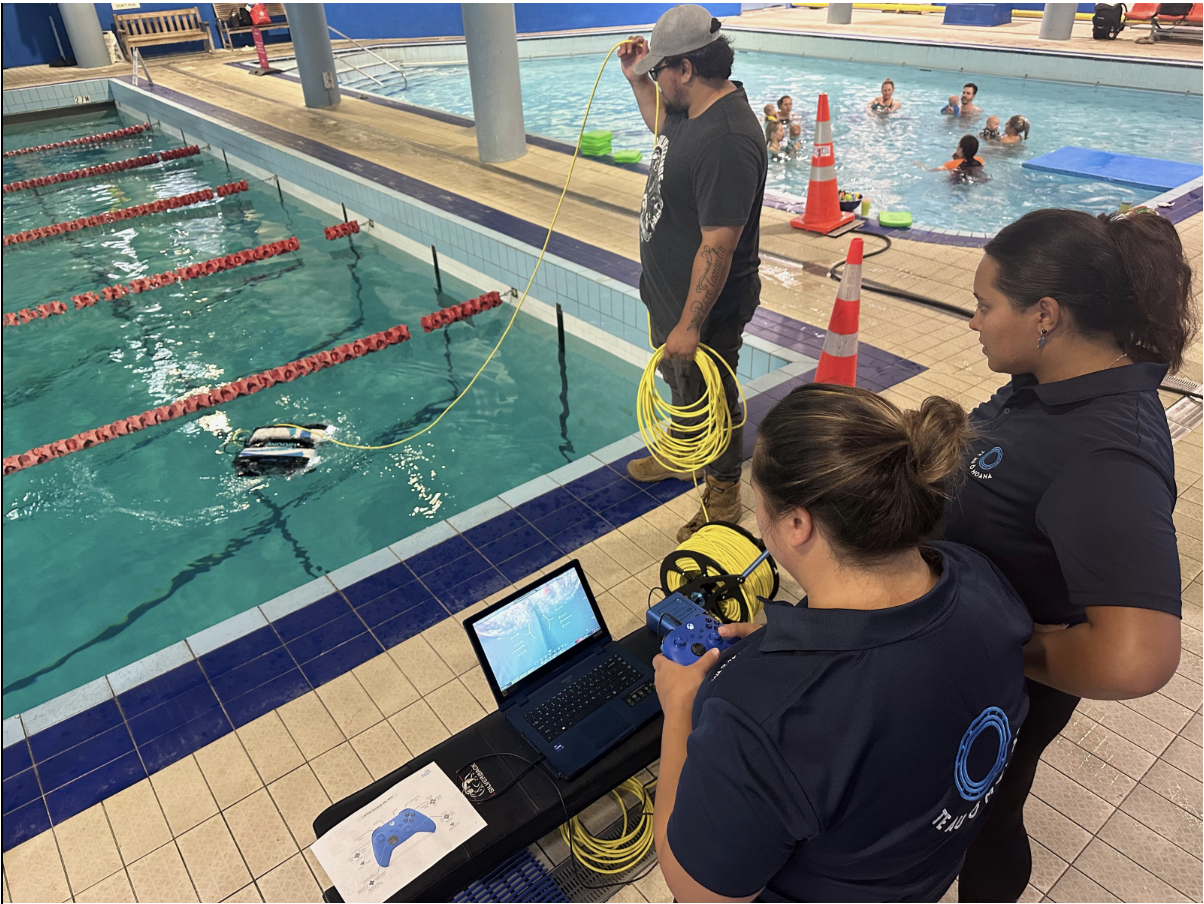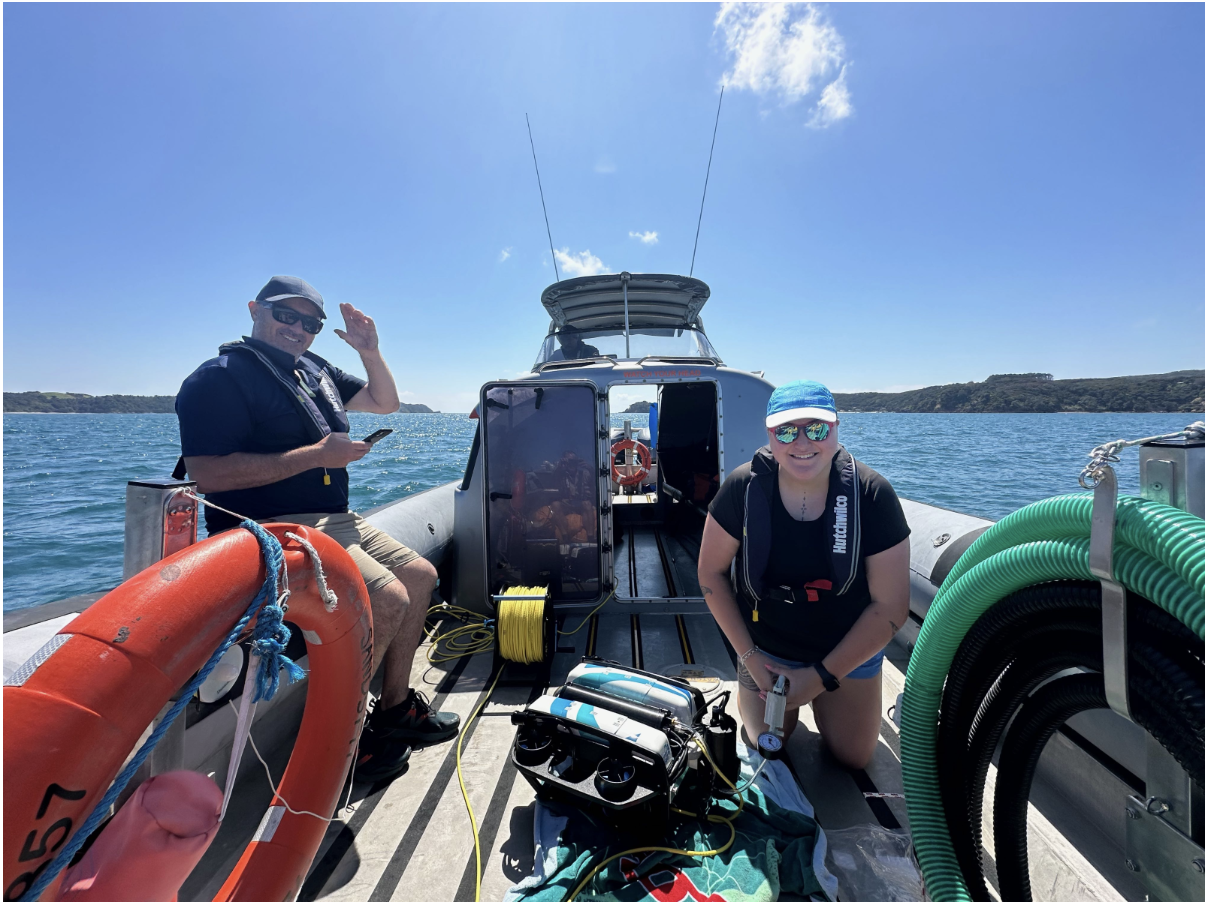CAULERPA
INNOVATIVE DETECTION
This invasive weed spreads quickly, forming thick, suffocating mats which are incredibly difficult to eradicate. It destroys biodiversity and has the potential to radically change the ecology of our coastal habitats down to 40m+!
As we’ve seen internationally, early detection is vital in the fight against this invasive weed. Left unchecked, it can have catastrophic ecological, economic, social and cultural impacts. In the Mediterranean, it’s estimated up to 50% of Fish Biomass was lost which would be devastating for seabirds, fish species and for the recovery of scallops and crays.
The clock is ticking with Caulerpa rapidly spreading in New Zealand waters, but understanding exactly where and to what extent is proving difficult. Underwater geolocation is complex and getting divers out to survey the seafloor requires a lot of time and resources, making it a slow and costly process.
Peter Miles, a trustee at the Mussel Reef Restoration Trust / Revive Our Gulf project and an engineering technologist is on a mission to help remove this barrier and speed up detection across Aotearoa by developing a low-cost ROV (Remotely Operated Vehicle) tool which can be adopted by iwi and local communities for detecting both Caulerpa and other invasive species.
“Finding and treating Caulerpa will be a large version of Whack-a-Mole. You’ve got to be out there and surveying to see it. All the sightings (bar one) so far have come from locals being out there, so getting them the tools they need will be key.” PETER MILES

Photo Credit: Shaun Lee

Photo Credit: Peter Miles

Photo Credit: Peter Miles
Peter Miles, a trustee at the Mussel Reef Restoration Trust / Revive Our Gulf project and an engineering technologist is on a mission to help remove this barrier and speed up detection across Aotearoa by developing a low-cost ROV (Remotely Operated Vehicle) tool which can be adopted by iwi and local communities for detecting both Caulerpa and other invasive species.
It’s early days but this pilot project is already looking to be a game changer as ROV surveys are both 3x faster and cost a third of SCUBA dive surveys. Seafloor imaging technology is widely available already, but it’s expensive, making it inaccessible for many community groups. This project aims to create a low-cost, high-quality option, hosted on an easy-to-use platform. There’s also the potential to automate the ROVs to scan an area and adopt AI technology to identify Caulerpa, further reducing costs and increasing detection and monitoring capability.
The information from this project (including the hardware and software used) will be open source making it widely accessible and as low-cost as possible.
While Caulerpa is a monumental issue requiring a national response, Live Ocean saw the opportunity to contribute to the solution by partnering with the Mussel Reef Restoration trust and other funders to support Peter Miles’ work.
“Everything is harder in the ocean – you’ve got weather, the need for boats, difficulties with underwater geo-location and the need for specialist divers. Detection is a critical tool in the Caulerpa response, and this innovative work aims to significantly scale up the speed of surveillance and reduce the cost using remote operated vehicles (ROVs) and machine learning.” SALLY PATERSON | CHIEF EXECUTIVE LIVE OCEAN FOUNDATION
© Live Ocean | NZ Charity ID CC57006
USA 501(c)(3) non-profit | Federal Tax ID 85-1066585
Privacy Policy | Terms and Conditions | Delivery + Returns
